Last Updated on July 7, 2024 by Max
Introduction
Prostate cancer (PC) is a disease typically associated with old age, although anomalies in the prostate tissue can be observed in men as young as their twenties or thirties. PC is generally considered to be slow-growing cancer. The long, relatively silent period of prostate cancer suggests that various therapies could potentially slow disease progression or prevent disease onset, thereby reducing or eliminating the need for invasive surgical procedures such as prostatectomy.
In the previous posts, we discussed various food ingredients such as Lycopene in tomatoes, Polyacetylenic oxylipins in carrots, Vitamin K2 in sauerkraut, and natto that have proven anti-cancer activities. This article will address the potential cancer-fighting properties of another natural gift – broccoli.
- Introduction
- Cruciferous Vegetables and Their Potential Impact on Chronic Diseases
- Sulforaphane Formation in Cruciferous Vegetables and Its Potential Role in Preventing Prostate Cancer
- Adding Cruciferous Vegetables to Your Diet
- Can we get sulforaphane from cooked broccoli?
- Safety and recommended doses of sulforaphane
- Conclusion
- Literature.
Cruciferous Vegetables and Their Potential Impact on Chronic Diseases
Broccoli, Brussels sprouts, cauliflower, and cabbage belong to the cruciferous vegetable family. Cruciferous vegetable intake has been linked to a decreased risk of prostate cancer (Liu B. et al. 2012) and lower risks of heart disease and diabetes. This association is primarily attributed to isothiocyanates, sulfur-containing phytochemicals abundant in cruciferous vegetables, particularly in broccoli and sprouts.
Kolonel et al. (2000) observed a 39% decline in prostate cancer risk among men consuming the highest amounts of cruciferous vegetables compared to those consuming the lowest amounts in a large study of 3,237 men. In another study, Cohen et al. (2000) reported that increasing cruciferous vegetable intake from one serving to more than three servings per week was associated with a 41% decrease in risk for prostate cancer.
Sulforaphane Formation in Cruciferous Vegetables and Its Potential Role in Preventing Prostate Cancer
Sulforaphane (SFN) is an isothiocyanate formed upon chopping or chewing fresh cruciferous vegetables. When these plants are consumed, the enzyme myrosinase, released from the plant and present in our gut, converts glucoraphanin to SFN. This conversion may depend on gut microflora, which again highlights the importance of digestive health in the prevention of chronic diseases, including cancer. Previous studies have shown that SFN derived from broccoli might prevent prostate cancer development and progression by blocking damage caused by carcinogens.
Most of the evidence supporting the cancer-fighting properties of SFN has been obtained from animal models. The study by Beaver LM et al. (2017) used transgenic mice that had been introduced to a specific gene, SV40. This gene activates at sexual maturity between 8 and 10 weeks of age and causes cancer lesions to appear at 12 weeks. Subsequently, adenocarcinomas and metastasis can occur by 28 weeks. The experimental animals were fed a 15% broccoli sprout diet, equivalent to 1 mg SFN/d, which has been used previously in similar studies. The main findings of the research can be summarized as follows:
- At 12 weeks of age, the weights of the urogenital tract and prostate in mice on the broccoli diet were 2.8- and 2.3-fold lower, respectively, than in mice on the control diet. However, this difference in weight was not as apparent at 28 weeks.
- At 12 weeks, all control mice developed early cancer lesions. In the broccoli group, seven out of eight showed a reduction in lesion number, with three having no visible cancerous lesions.
- By 28 weeks, mice fed the broccoli diet had a lower incidence of adenocarcinomas and metastasis than the control group.
- The researchers observed a significant decrease in inflammatory responses and reduced DNA damage in prostate tissue in the broccoli-fed group.
The authors concluded that dietary SFN from broccoli sprouts may play a crucial role in inhibiting prostate cancer initiation and progression by reducing inflammation and DNA damage.
Although these results in rodents best demonstrate the anti-cancer properties of broccoli, it is important to note that animal results cannot be directly transferred to humans. Differences in physiology and immune responses, as well as different life expectancies between humans and model animals, can play a critical role, potentially requiring adjustment of doses and duration of treatment.
In the scientific literature, one can find reports on the lack of effect of sulforaphane on the development of human prostate cancer. Nevertheless, two clinical trials have evaluated the effect of SFN in men with biochemical recurrence, which is an increase in prostate-specific antigen (PSA) commonly observed after prostatectomy.
A prostate-specific antigen (PCA) increase, commonly observed after prostatectomy, is called biochemical recurrence. In the next two clinical trials, the effect of SFN in men with a biochemical recurrence has been evaluated.
In a double-blinded, randomized, placebo-controlled trial by B.G. Cipolla and colleagues (2015), 78 patients with biochemical recurrence received 60 mg of a stabilized sulforaphane daily for six months. SFN treatment resulted in a much longer PSA doubling time compared to the control group. It was 86% longer in the sulforaphane group than in the placebo group (28.9 and 15.5 months, respectively).
Another trial reported similar results, where 20 patients with recurrent prostate cancer were treated with 200μmoles/day (35.5 mg) of sulforaphane-rich extracts for 20 weeks (Alumkal JJ et al. 2015). In this study, PSA levels decreased in 8 patients, with one patient experiencing a decrease of more than 50%. PSA doubling time increased from 6.1 months (pre-treatment) to 9.6 months (on-treatment).
Other health benefits of sulforaphane
Sulforaphane may benefit heart health by reducing inflammation (Bai Y. et al. 2015) and high blood pressure (Senanayake GV et al. 2012).
n both human and animal studies, SFN has shown beneficial effects in alleviating type 2 diabetes. Consuming broccoli sprout extract (150 µmol of SFN daily for 12 weeks) resulted in a 6.5% decrease in fasting blood sugar levels (Axelsson AS et al. 2017).
Sulforaphane may also help treat symptoms of autism. A study by Singh K. (2014) and colleagues used daily doses of 50–150 µmol of sulforaphane to treat 29 young men with autism. Eighteen weeks of treatment significantly improved patients’ social interaction, verbal communication, and abnormal behavior. Unfortunately, upon discontinuing SFN, all the symptoms returned to pre-treatment levels.
There is also scientific evidence for the therapeutic effects of SFN on damaged brain tissue and the protection of skin injured by sun UV.
Adding Cruciferous Vegetables to Your Diet
To reap the benefits of sulforaphane and other isothiocyanates found in cruciferous vegetables, consider incorporating them into your diet. Here are some suggestions:
- Enjoy raw or lightly steamed broccoli, cauliflower, or Brussels sprouts as a snack or side dish.
- Toss cruciferous vegetables into salads, stir-fries, or pasta dishes.
- Create a healthy smoothie by blending broccoli sprouts with other nutrient-dense ingredients like spinach, kale, or berries.
- Make a delicious soup using cruciferous vegetables like broccoli or cauliflower as the base.
It is essential to remember that overcooking cruciferous vegetables can lead to the loss of their beneficial compounds, including sulforaphane. Therefore, it is best to consume them raw or lightly cooked.
Can we get sulforaphane from cooked broccoli?
The short answer is “Yes, we can.” Sulforaphane is a toxic byproduct that forms in the plant in response to damage, a kind of defensive reaction of the plant to a threat to its life from insects or other herbivores. For such a reaction, two compounds are needed: glucoraphanin, an otherwise harmless substance, and myrosinase, an enzyme that supports the reaction.
Although myrosinase, like many other protein structures, denatures at high temperatures and loses its activity when cooked, there has been increasing evidence that gut microbiota is capable of catalyzing the same reaction. Here, once again, the gut microbiota helps us out by increasing the bioavailability of phytochemicals. Research showed that mechanical cleansing or antibiotic treatment greatly reduces SFN production in healthy people (Shapiro T.A. 1998). One way to boost SFN conversion is to dress your salads with mustard. Mustard is rich in myrosinase, which can help increase the availability of SFN, particularly in cooked vegetables.
As for glucosinolates (glucoraphanin), cooking methods like steaming and stir-frying did not cause any notable loss of glucosinolates. However, boiling showed significant losses by leaching (about 90% of glucosinolates) into the cooking water. So, to increase bioavailability and preserve the essential health benefits of broccoli, avoid boiling. It is best to cook vegetables below 284˚F (140˚C) for 1-3 minutes.
Storage at room temperature for seven days resulted in a minor loss (9-26%) of glucosinolate levels, whereas finely shredded plants showed a significant decline in glucosinolate levels with post-shredding dwell time – up to 75% over six hours (Song L, Thornalley PJ. 2007).
Broccoli sprouts have 10-100 times greater sulforaphane content than full-grown heads of broccoli. Sulforaphane is also found in cabbage, cauliflower, Brussels sprouts, bok choy, kale, collards, mustard greens, and watercress.
Safety and recommended doses of sulforaphane
You should bear in mind that SFN is primarily a chemical substance of the plant’s defense reaction to physical damage, and its health benefits for humans are somewhat secondary effects.
Isothiocyanates (sulforaphane) have been known to prevent iodine uptake in the thyroid, causing goiters. High levels of SFN may also cause hepatotoxicity or liver damage. However, consuming SFN in amounts found in cruciferous vegetables is considered safe, although Chu M and Seltzer TF (2010) reported a case where a woman who consumed more than a kilogram of bok choy (a type of Chinese cabbage) daily developed severe hypothyroidism due to excessive ingestion of myrosinase.
The SFN supplements available on the market, though produced from broccoli or broccoli sprout extract, commonly contain more SFN than what’s naturally found in food.
There are no established recommended doses of SFN for humans that could be used safely as preventative or disease treatment doses. No maximally effective doses have been established for SFN.
Socala et al. (2019) tested the toxicity of sulforaphane in mice after intraperitoneal injection of single doses and found the LD50 value of SFN to be 213 mg/kg i.p. (1203 µmol/kg). This amount is about 10-fold higher than the median dose reported as effective in mice. The median effective dose of sulforaphane in the published literature by oral administration is 175 µmol/kg body weight (Yagishita Y et al. 2019), which is equal to 31 mg/kg. But this is true for rodents; what about humans? In this regard, you can find a wide variety of viewpoints ranging from 0.4 mg/day (Healthline website) to 35 mg – 250 mg and so on.
One cup (91g) of broccoli sprouts contains 227.5 mg of SFN, although amounts can differ depending on the sprouting process, soils, and the type of seed used. The use of commercial supplements is full of dangers since there are many poor-quality supplements and dishonest supplement providers.
Given the observed efficacy in humans at doses <0.5 µmol/kg (Yagishita Y et al. 2019) (about 90 mcg/kg) of SFN, the toxicity data in rodents, and only a 10-fold difference in the safety margin, one should be very careful.
Conclusion
Sulforaphane, a compound found in cruciferous vegetables like broccoli and broccoli sprouts, has shown promising potential in the prevention and treatment of various health conditions, including cancer, heart disease, type 2 diabetes, and autism. However, it is essential to consider the limitations of current research, as most studies have been conducted on rodents, and the direct application of these findings to humans is uncertain.
Cooking methods, such as steaming and stir-frying, can help preserve the beneficial compounds in these vegetables, while incorporating mustard dressing can further enhance the availability of sulforaphane. It is important to exercise caution with sulforaphane supplements, as there is no established safe and effective dosage for human consumption.
While the health benefits of sulforaphane are intriguing, further research is needed to better understand its full potential, safety, and optimal dosage for various health conditions. In the meantime, incorporating cruciferous vegetables into a balanced diet may provide a natural and safe way to enjoy the potential benefits of sulforaphane.
Literature.
- Liu B, Mao Q, Cao M, Xie L Cruciferous vegetables intake and risk of prostate cancer: a meta-analysis. Int J Urol. 2012 Feb; 19(2):134-41.
- Beaver LM, Lӧhr CV, Clarke JD, et al. Broccoli Sprouts Delay Prostate Cancer Formation and Decrease Prostate Cancer Severity with a Concurrent Decrease in HDAC3 Protein Expression in Transgenic Adenocarcinoma of the Mouse Prostate (TRAMP) Mice. Curr Dev Nutr. 2017;2(3):nzy002.
- B.G. Cipolla, Eric Mandron, Jean Marc Lefort, Yves Coadou, Emmanuel Della Negra, Luc Corbel, Ronan Le Scodan, Abdel Rahmene Azzouzi and Nicolas Mottet. Effect of Sulforaphane in Men with Biochemical Recurrence after Radical Prostatectomy. Cancer Prev Res August 1 2015 (8) (8) 712-719;
- Alumkal JJ, Slottke R, Schwartzman J, Cherala G, Munar M, et al.: A phase II study of sulforaphane-rich broccoli sprout extracts in men with recurrent prostate cancer. Invest New Drugs 33, 480–489, 2015. doi: 10.1007/s10637-014-0189-z.
- Bai Y, Wang X, Zhao S, Ma C, Cui J, Zheng Y. Sulforaphane Protects against Cardiovascular Disease via Nrf2 Activation. Oxid Med Cell Longev. 2015;2015:407580.
- Senanayake GV, Banigesh A, Wu L, Lee P, Juurlink BH. The dietary phase 2 protein inducer sulforaphane can normalize the kidney epigenome and improve blood pressure in hypertensive rats. Am J Hypertens. 2012 Feb;25(2):229-35.
- Axelsson AS, Tubbs E, Mecham B, Chacko S, Nenonen HA, Tang Y, Fahey JW, Derry JMJ, Wollheim CB, Wierup N, Haymond MW, Friend SH, Mulder H, Rosengren AH. Sulforaphane reduces hepatic glucose production and improves glucose control in patients with type 2 diabetes. Sci Transl Med. 2017 Jun 14;9(394):eaah4477.
- Singh K, Connors SL, Macklin EA, Smith KD, Fahey JW, Talalay P, Zimmerman AW. Sulforaphane treatment of autism spectrum disorder (ASD). Proc Natl Acad Sci U S A. 2014 Oct 28;111(43):15550-5.
- Kolonel LN, et al. Vegetables, fruits, legumes, and prostate cancer: a multiethnic case-control study. Jr Cancer Epidemiol Biomarkers Prev. 2000 Aug; 9(8):795-804.
- Cohen JH, Kristal AR, Stanford JL. Fruit and vegetable intake and prostate cancer risk. J Natl Cancer Inst. 2000 Jan 5; 92(1):61-8.
- Song L, Thornalley PJ. Effect of storage, processing, and cooking on glucosinolate content of Brassica vegetables. Food Chem Toxicol. 2007 Feb;45(2):216-24.
- Chu M, Seltzer TF (2010). “Myxedema coma induced by ingestion of raw bok choy”. The New England Journal of Medicine. 362 (20): 1945–6.
- Yagishita Y, Fahey JW, Dinkova-Kostova AT, Kensler TW. Broccoli or Sulforaphane: Is It the Source or Dose That Matters?. Molecules. 2019;24(19):3593.
- Shapiro T.A., Fahey J.W., Wade K.L., Stephenson K.K., Talalay P. Human metabolism and excretion of cancer chemoprotective glucosinolates and isothiocyanates of cruciferous vegetables. Cancer Epidemiol. Biomark. Prev. 1998;7:1091–1100.
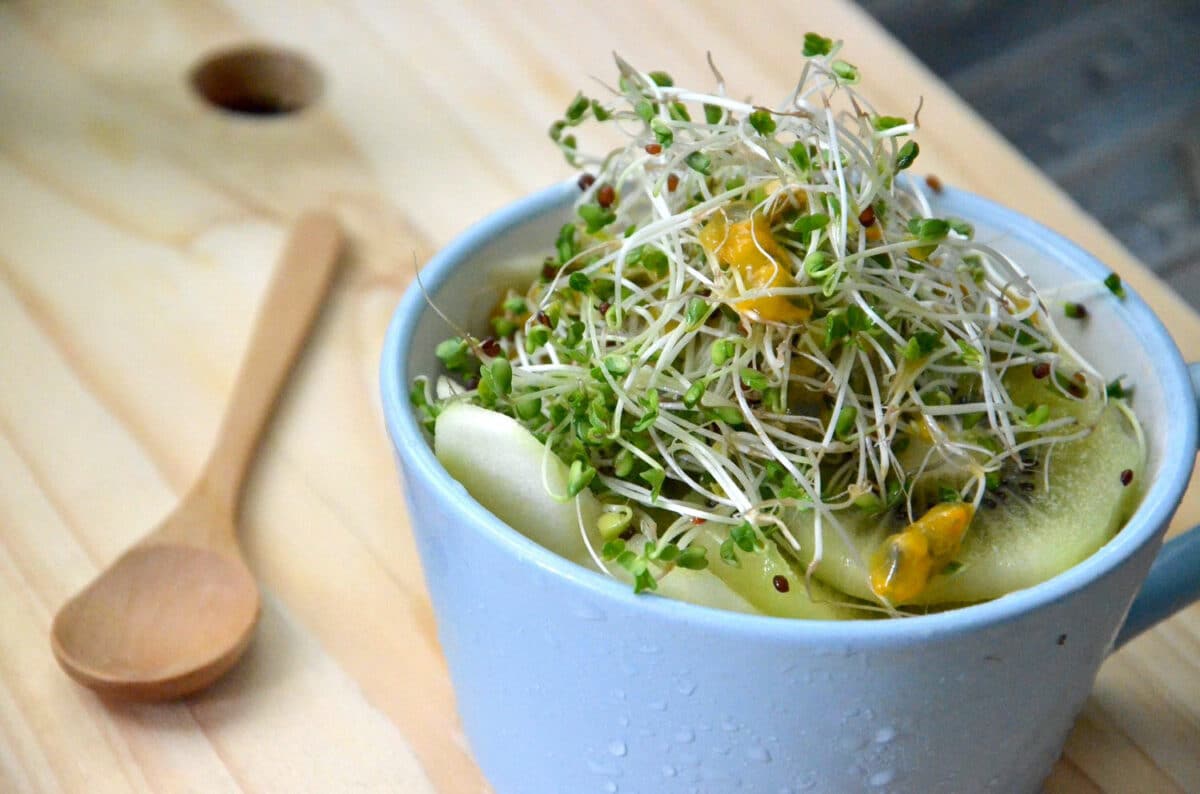
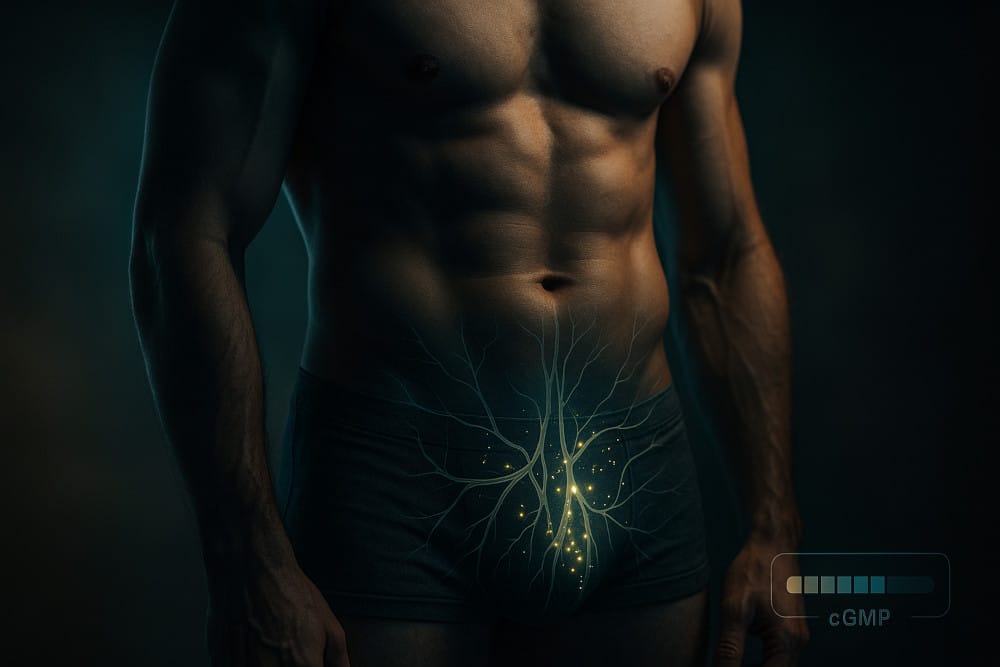
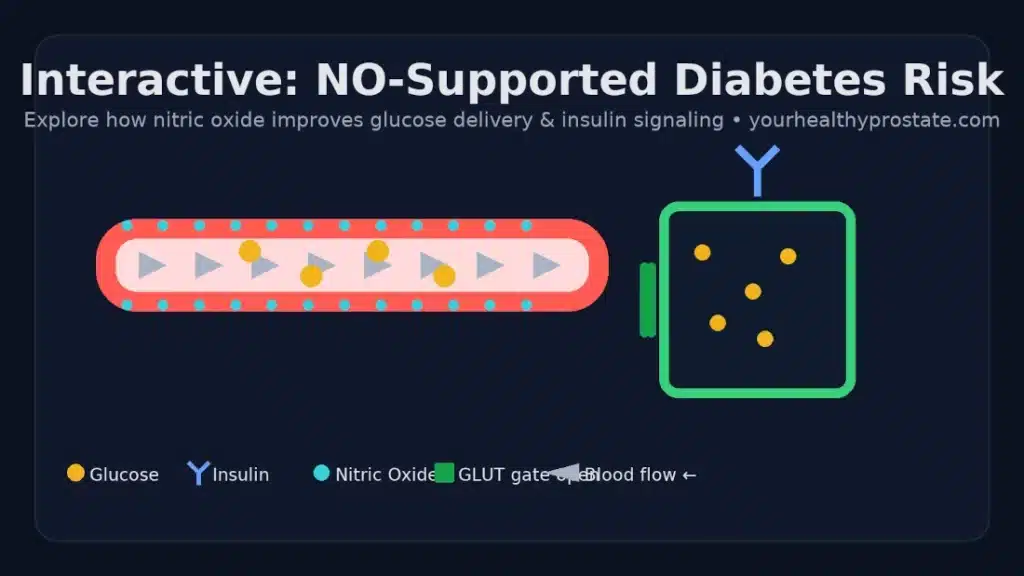



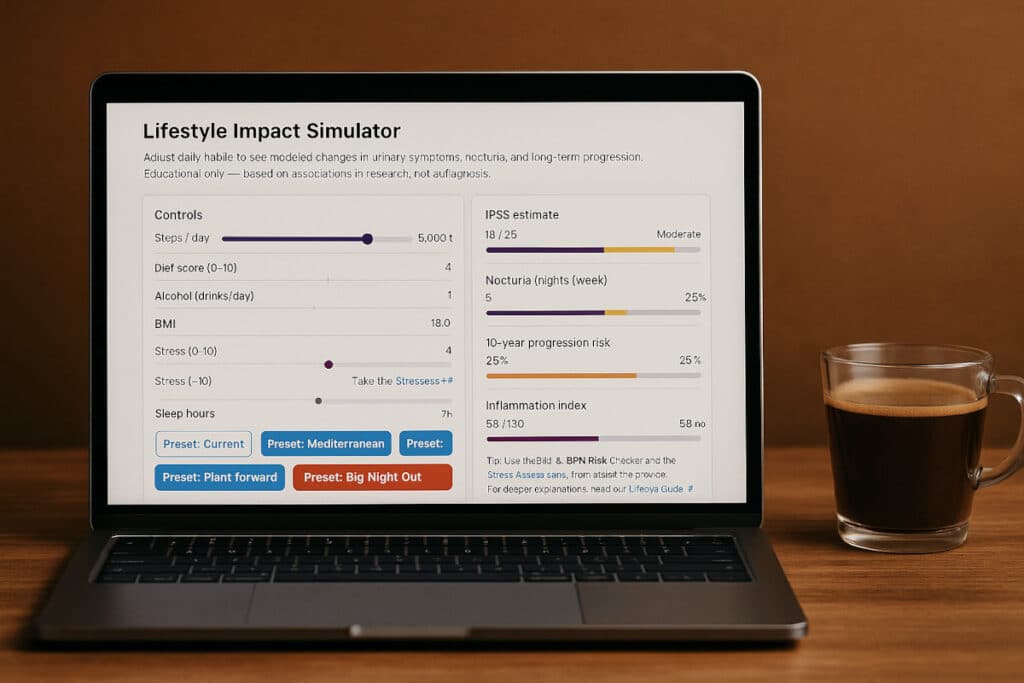
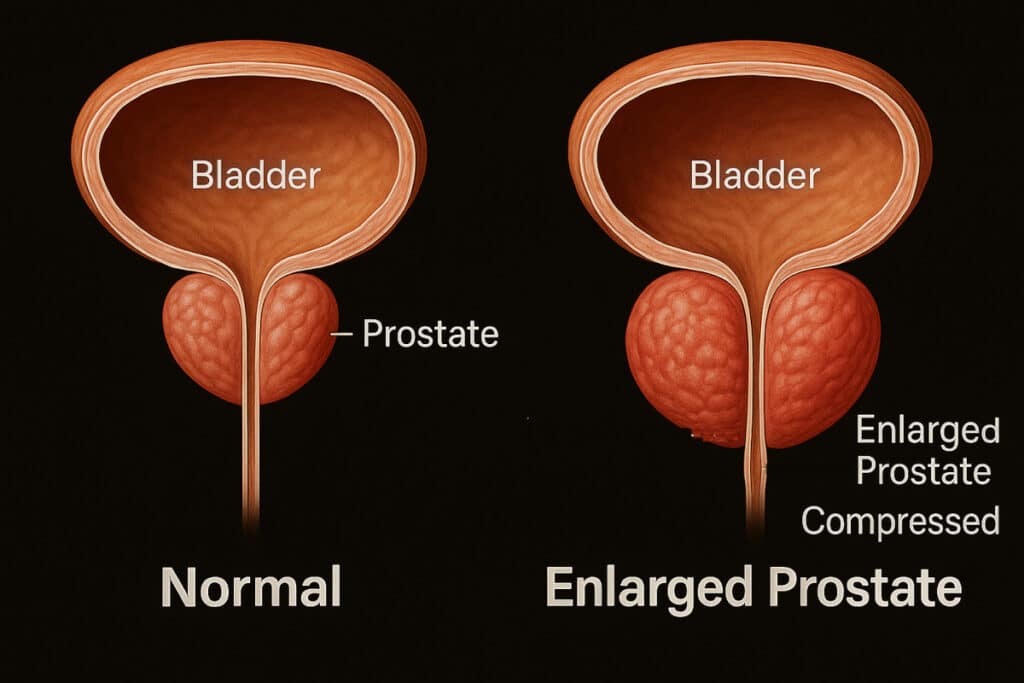
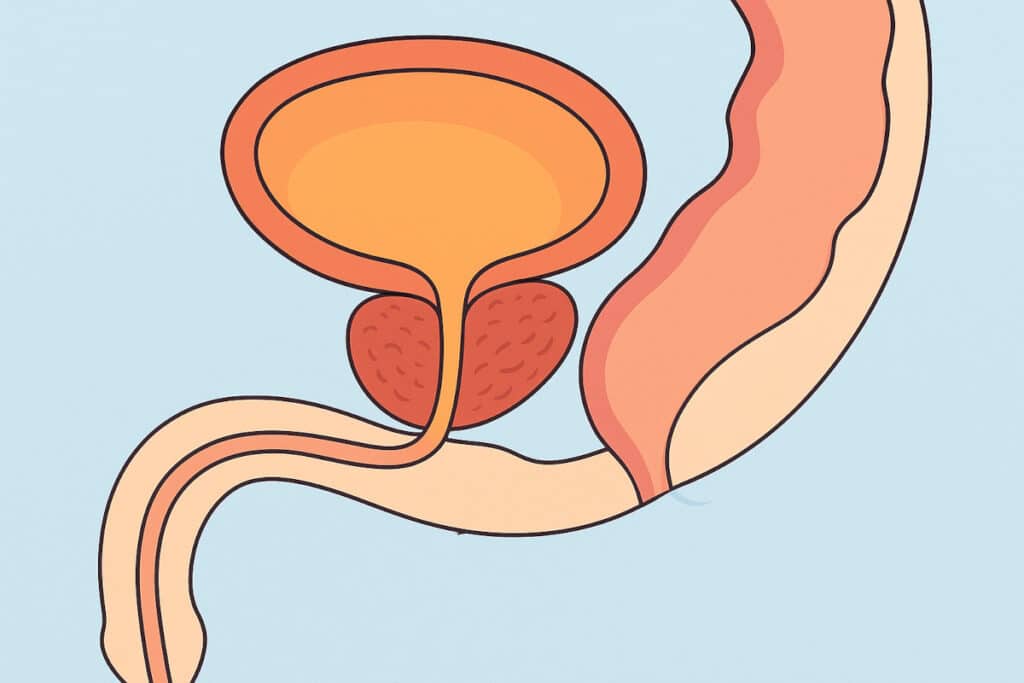
Good afternoon Makhsud,
You are what you eat and that saying is true. Even if modern medicine has advanced so much how come that the general health of the people is so bad? All the years somebody studies to become a doctor he will only get a few hours on nutrition. A doctor will prescribe some chemical pills or urge you to get an operation when this can be avoided with the right food most of the time. We also forget to listen to our bodies.
In 2008 I had a total hysterectomy. I did not have cancer, it was preventive surgery. If at that time I would have understood my body was trying to tell me my hormones were out of balance it could have been avoided.
I met Michael in 2015 and just before he had his surgery, also preventive having an enlarged prostate. Men are not informed about all the trouble coming afterward. Neither was I informed what my surgery would do to my wellbeing. We have often talked about this. Now we know it was not necessary but no use to cry about spilled milk. We are both 70 and do a lot for our health and are in excellent condition. Living on an organic farm is helpful I am sure. Fruit trees and a vegetable garden give healthy produce. The tall trees protect us from radiation.
In your very thorough article, you mention that glucoraphanin does not diminish when a microwave is used. I have no microwave oven, never had one and neither ever will have one. In Zwitserland a study was made. A test group of people was given normal milk, raw milk, and milk heated in a microwave. After that, a blood test was made. The blood test after drinking microwave-heated milk was worrisome. All the cells had clumped together.
We often eat raw broccoli with a nice dip sauce for dinner.
Regards, Taetske
Hi Taetske
Thank you so much for stopping by and commenting.
It is so sad to find out that you have had an avoidable surgery. I am sure that the vast majority of chronic diseases, possibly, except for those associated with genetic inheritance, we acquire as a result of improper nutritional culture. And in most cases, our body responds with a willingness to heal if we make some effort. I am very glad to hear that you have met a good friend who is on the same wavelength as you, and I am sure that all our thoughts and desires are material and will ultimately change this world for the better.
Yes, I agree with you about the microwave, I have a negative attitude towards the use of the microwave for cooking, but here I presented the results of the research. I guess I need to read more how microwave affects the food. Anyway, it’s a good idea to remove “microwave” from the text. Thank you!
Have a great weekend and excellent health to you and Michael!
Makhsud
Sulforaphane is a substance also included in supplements to balance out estrogen dominance. This by-product of broccoli and cruciferous vegetables seems to be recommended for many hormone type disorders. The influence of hormones on many health issues needs to be studied more. Hormone imbalances are often implicated in many health issues such as diabetes, many types of cancers, cysts throughout the body, mental and physical wellbeing. If science can find out why these imbalances occur, perhaps preventative measures along with diet changes can lessen the occurrences of diseases like prostate cancer. Thank for sharing your post concerning sulforaphane’s possible effect on prostate cancer prevention.
Hi Delois,
Thank you so much for your thoughtful comment! You’re absolutely right, sulforaphane, found in cruciferous vegetables like broccoli, has been recognized for its potential to balance hormone levels and could play a substantial role in managing various health conditions, including hormone-related disorders.
The relationship between hormones and various health conditions, including cancers, is a crucial study area. Research in this field can disclose preventive strategies and dietary recommendations to mitigate the risk of diseases like prostate cancer, which are influenced by hormonal imbalances.
I agree entirely that understanding these imbalances’ root causes is pivotal. It can pave the way for comprehensive approaches to prevent and manage hormone-related conditions, integrating lifestyle modifications, nutritional interventions, and targeted therapies.
I’m glad you found the post informative and hope future research will clarify how we can leverage dietary components like sulforaphane for optimal health and well-being.
Warm Regards,
Max
Hi Max –
This article was a fantastic read. Indeed, prostate cancer tends to affect people who are older, and African Americans. Though, there have been observed cases in younger men. Knowing how to prevent the onset of prostate cancer is important.
Eating cruciferous vegetables is part of daily routine these days. Overall, there are a lot of benefits but the most notable is decreasing the risk of prostate cancer. I like steaming broccoli and cauliflower every so often – raw cauliflower isn’t that bad.
As for Brussel sprouts, I like to mix olive oil, seasoning, and a little bit of sugar in a mixing bowl. Roast them for about 45 minutes or so, let them cool for five minutes, and serve. Cooked cruciferous vegetables do not taste good to me, so I opt to bake or steam them.
Men of all ages should be aware of how to prevent prostate cancer. Plus, who is most susceptible to the disease.
“Hi Godwin,
I’m thrilled to hear that you enjoyed the article and found it to be a fantastic read! It’s wonderful to know that you are incorporating cruciferous vegetables into your daily routine and have found creative and tasty ways to prepare them. Your approach to steaming and baking to preserve the taste is a great way to maintain the nutritional value of these vegetables.
I completely agree with your emphasis on the importance of awareness and preventive measures, especially in populations more susceptible to prostate cancer. It’s crucial for men of all ages to be informed about the potential benefits of cruciferous vegetables in reducing the risk of prostate cancer and to make dietary choices that support overall health.
Thank you for sharing your experiences, preferences, and cooking tips. It’s always enlightening to hear from readers who are applying the information and making conscious efforts to maintain a healthy lifestyle. If you have any more insights, recipes, or questions, please feel free to continue the conversation. Your proactive approach to health is inspiring!
Wishing you a journey full of health and deliciousness!”
Warm regards
Max
Great post! 🙂. As medical studies shows that men, all will encounter prostate disease sooner or later, it’s better to die with these disease and not by this disease. I belive what you are saying it exactly this. I knew, broccoli it’s one of the healthiest aliments for the body but that reduces prostate disease it’s something new for my awareness. Thank you for sharing! All the best! Idem
Hi Idem,
Thank you for your kind words and for engaging with the post on “Cruciferous Vegetables (Sulforaphane) and Prostate Cancer.” I’m glad to hear that you found the information about the health benefits of broccoli and other cruciferous vegetables useful. It’s indeed fascinating how these everyday foods can play a significant role in maintaining our health and potentially reducing the risk of diseases like prostate cancer.
Your perspective that it’s better to live with prostate disease than die from it is quite thought-provoking. It underscores the importance of early detection, lifestyle changes, and dietary choices in managing health risks. As the research suggests, including cruciferous vegetables in our diet is one such proactive step we can take. These vegetables, particularly broccoli, are rich in sulforaphane, a compound that has shown promise in various studies for its potential anti-cancer properties.
Thanks again for your comment, Idem. Wishing you all the best on your journey to good health!
Best regards,
Makhsud